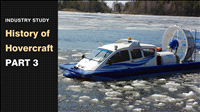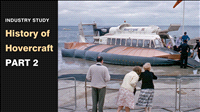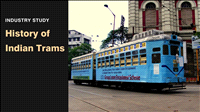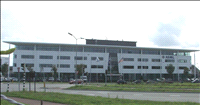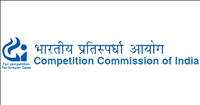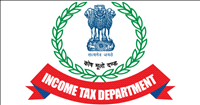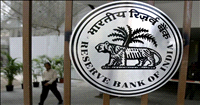ISRO all set for Chandrayan moon mission in 2008: Dr B Suresh says at Zephyr 2007
By By Dhruv Tanwar | 28 Sep 2007
India is already capable of commercial satellite launches, and is now looking forward to its first unmanned moon mission, Chandrayan I next year, Dr B Suresh, director of the Vikram Sarabhai Space Centre (VSSC) at Thiruvanthapuram, told a packed audience at the Indian Institute of Technology, Powai''s (IIT''s) IRCC auditorium on the second day of Zephyr ''07, the aerospace festival of the IIT Powai''s Aerospace Department.
The second day''s proceedings opened with a series of lectures by eminent Indian aerospace scientists on the country''s achievements in the field. The speakers also included Dr A R Upadhya, director of the National Aerospace Laboratories (NAL), Bangalore, and P Venugopal, director of the Defence Research and Development Laboratories (DRDL) and head of the BrahMos cruise missile project.
Dr Suresh said that the VSSC had a number of exciting new projects under development, including the Chandrayan unmanned moon landing mission, air-breathing hypersonic launch vehicles, a reusable launch vehicle like the space shuttle, the indigenous cryogenic engine and cheaper launch vehicles, first using two stages rockets followed by single stage rockets.
Tracing the history of Indian aerospace begins from the time of the Tipu Sultan, who used 3.5 kg rockets using 2 kg of gunpowder that could fly a distance of 1.5km against the British, Dr Suresh took the audience through the development of the present Indian space programme.
Starting with sounding rockets in the 1960s, the Indian Space Research Organisation (ISRO) went on to launch experimental satellites into orbit with the solid-fuel analog guided satellite launch vehicle (SLV) in the 1970s.
The augmented satellite launch vehicle (ASLV), which had liquid-fuelled strap-on boosters and a closed-loop inertial guidance system in the 1980s, and the four-stage polar satellite launch vehicles (PSLV) in the 1990s, which successfully launched remote sensing satellites into polar and sun-synchronous orbits, followed.
In the first decade of this century came the three-stage geosynchronous satellite launch vehicle (GSLV) with a third cryogenic stage, which successfully launched a communications satellite for the Indian television industry last month.
Pointing out that the object of ISRO and VSSC was to bring the benefits of space research to the common man, Dr Suresh pointed out that space technology has tremendous applications in remote sensing, agriculture, forestry, mining and oil exploration, as well as in disaster management. However, it can be made cost effective only if the costs of launching a spacecraft into orbit are reduced from the present $20,000 per kilogramme first to $2,000 per kilogramme and then to $500 per kilogramme. VSSC''s final objective, he said, was to bring down launch costs to $200 per kg.
Among the projects to bring this about, he said, were air-breathing hypersonic launch vehicles that could increase payload efficiencies remarkably, as they did not need to carry oxidisers in addition to fuel, as well as reusable launch vehicles that could be used again and again, reducing costs. Another parallel initiative was to develop two-stage and then single-stage rockets that could be an economical option for launching smaller spacecraft.
Talking
about ISRO''s Chandrayan I mission, which is expected to be launched in 2008, he
said it would be launched using the PSLV launch vehicle, which would put it in
the 30,000km geosynchronous transfer orbit (GTO). The vehicle would then fire
its onboard boosters to go into the extended transfer orbit (ETO), which would
enable it to reach escape velocity and reach a 100-km polar orbit around the moon
in five days.






